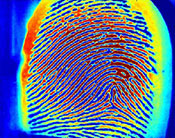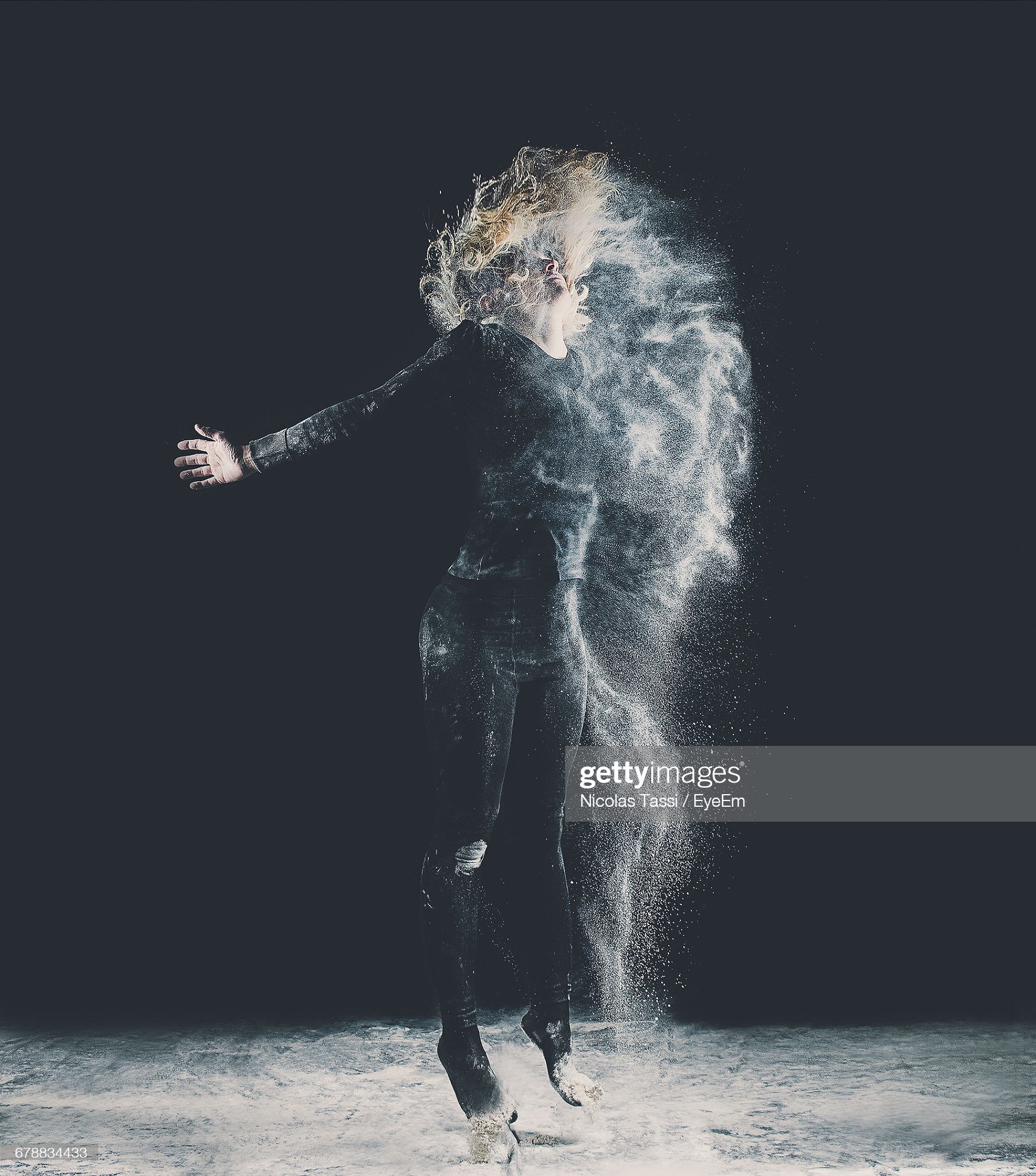Blog
An introduction to using an external focus of attention in physiotherapy
Authors: Clare Guss-West & Johanna Osmala
If you use a roll, tape or other therapeutic resources in your day to day practice, or you use touch, ask for sensory feedback or focus on the flow of the breath, then it's probable that you are already using an external focus of attention (EFA) in your physiotherapy practice. However, you may not necessarily be aware of the evidenced-benefits of applying an EFA systematically, relative to an internal focus of attention, as your chosen movement control strategy.
Read ArticleThe Language of Eating Disorders, Part 2
Author: Dawn Smith-Theodore
...Most members of the audience do not know about technique, but they want to understand the story a dancer is telling with their body. After all, the body is the instrument of the dancer, which expresses the language of the soul. Being a dancer is something very special so you must feel the passion. Dancers are often tormented by the critical language in their mind...
Read ArticleThe Language of Eating Disorders: Are you helping or harming? Part 1
Author: Monika Saigal
Research confirms that the prevalence of eating disorders and disordered eating (ED/DE) is significantly higher among dancers than the general population, with especially high rates of ED/DE among ballet dancers.[1,2] Without proper detection and intervention, ED/DE can have devastating effects on a dancer’s performance, career, and physical and mental health, but fortunately these serious issues are preventable and treatable.
Read ArticleIdentity Matters
Author: Lynda Mainwaring, PhD, CPsych
Who am I? Who am I now that I am injured? Who am I when I am no longer a dancer? Who am I, if I am not recognized in the way in which I perceive myself? Dancers may ask themselves these questions along their career paths. The questions relate to how we perceive ourselves, how we describe ourselves, how we value ourselves, how we perceive our identity, and how we are perceived by others and the way in which that influences us.
Read ArticleTrait versus Process Correction and Praise
Author: Dr. Kveton-Bohnert on behalf of the IADMS Dance Educators' Committee
Every dance class includes correction. Teachers serve as talking mirrors. Without feedback, dancers cannot develop discernment of detail or learn to self-correct. However, teachers must realize that what they say and how they say it has a marked influence on the dancer’s self-beliefs that manifest as confidence or anxiety. Instructors must be mindful of their phraseology when giving correction and praise.
Read ArticleI stand corrected! From correction to constructive feedback
Author: Karine Rathle on behalf of the IADMS Dance Educators' Committee
Feedback is a process used by teachers, rehearsal directors and choreographers to provide information and guide dancers in skill acquisition, technique and movement quality. It is a powerful and necessary tool. Typically, teachers and choreographers have their own individual style of providing feedback. Their approach may come from their experience as dancers, their previous teachers and training, or their ingrained habits from working in dance.
Read ArticleOptimal Focus – from research to dance practice
Author: Clare Guss-West on behalf of the IADMS Dance Educators' Committee
This blog post provides a brief introduction to attentional focus and its potential impact on dance training and performance. Attentional focus study is relatively new to dance, whereas the research is now integrated into elite sports coaching – notably football, skiing, golf and swimming. Companies such as The Royal Ballet, Houston Ballet, and Finnish National Ballet are becoming aware of the benefits of these complementary techniques and we have started to introduce them into the dancers’ professional practice.
Read ArticleMeasuring Creativity
Author: Lucie Clements on behalf of the IADMS Dance Educators' Committee
‘Creativity’ is a word used worldwide by dance institutions in their mission statements, aims and student feedback, and yet it is relatively unexplored within dance science from a quantitative perspective. Much research within dance psychology has focussed on the role of psychological wellbeing in relation to optimal technique in class, rehearsal or performance, but are dance scientists perhaps neglecting the dancer as a creative artist?
Read ArticleCan creativity be measured? A Duel
This post derives from a duel held at the symposium for the In the Dancers’ Mind project at Trinity Laban Conservatoire of Music and Dance on December 7, 2017. Here, speakers Dr Kerry Chappell and Professor Jon May, recreate their discussion with the aim of provoking your thoughts. Tell us what you think in the comments below or on social media. Can and should creativity in dance be measured?
Read ArticleMental Imagery and Creativity
Authors: Klara Łucznik and Rebecca Weber on behalf of the IADMS Dance Educators' Committee
Just like dancers practice physical skills in their technique classes, so too can we practice mental skills. Though we often think of imagery as creating a ‘picture’ in our mind’s eye, imagery is the ability to create mental constructions of any sort--including visual imagery, sounds, movement, emotional content, spatial concepts, or language. These constructions are all forms of mental imagery...
Read Article- IADMS 34th Annual Conference - Experience Point of View: Jennifer Milner
- IADMS 34th Annual Conference - Experience Point of View: Joanna Nicholas
- IADMS 34th Annual Conference - Experience Point of View: Erika Mayall
- Beginning ASL for Medical Students & Health Practitioners
- Relative Energy Deficiency in Dance









